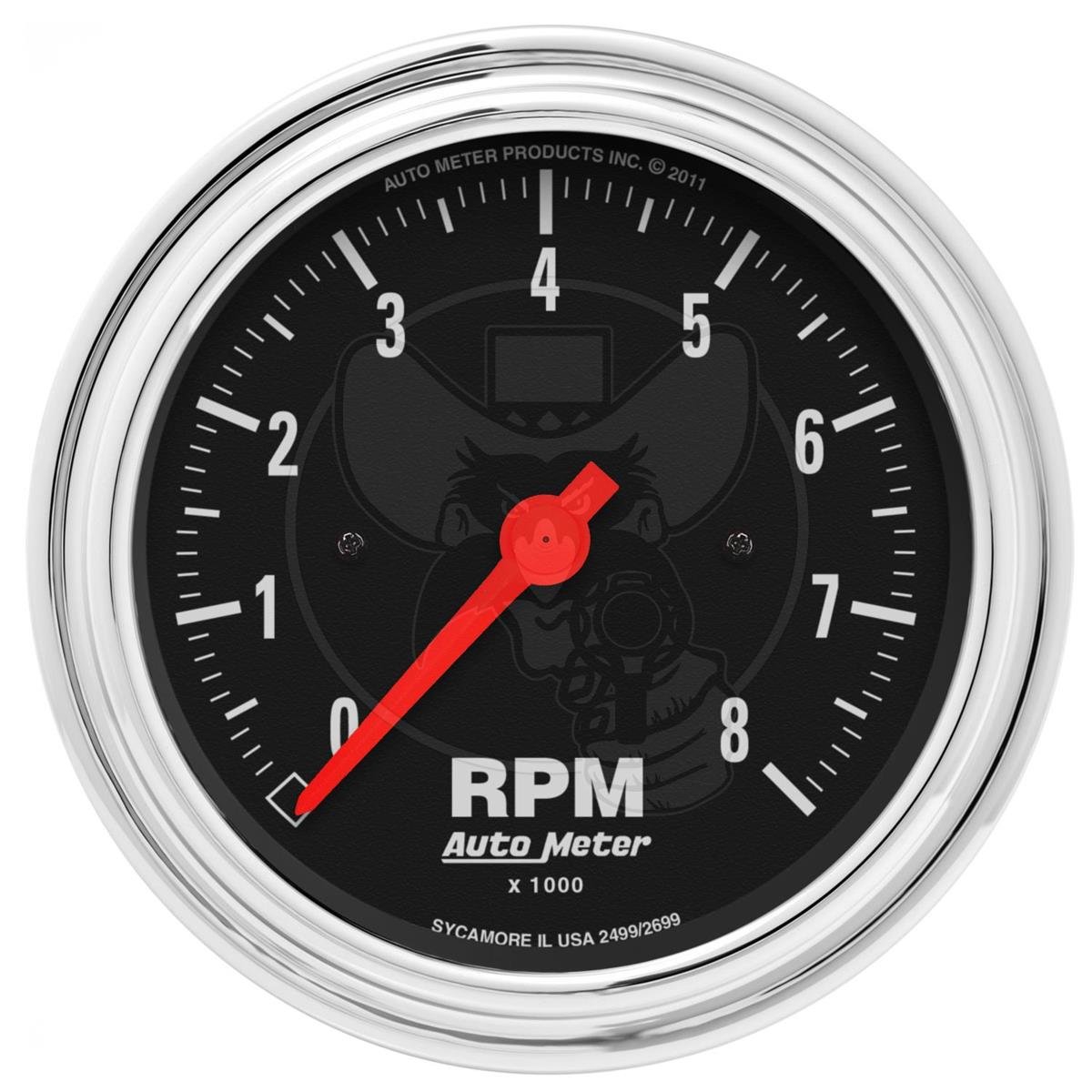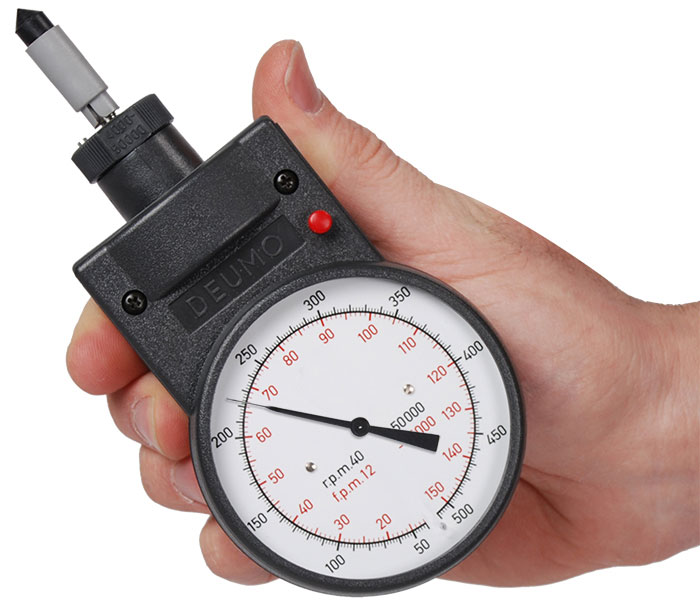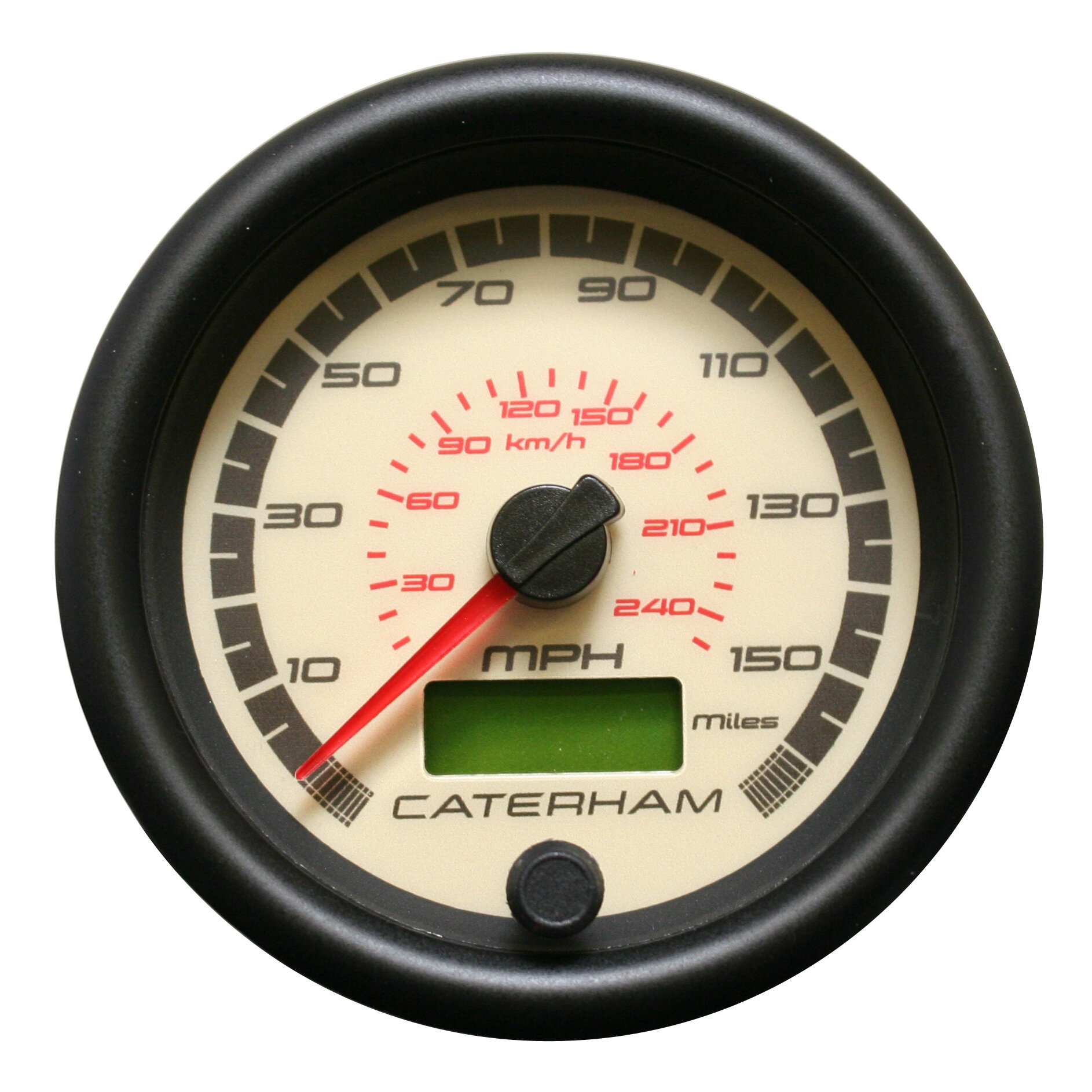Specialist Tips for Maintaining and Adjusting Your Tachometer
Specialist Tips for Maintaining and Adjusting Your Tachometer
Blog Article
The Importance of a Tachometer in Monitoring Engine Rate and Performance in Automotive Applications
In the realm of auto design, the tachometer stands as a critical instrument in the motorist's toolbox, giving a direct home window into the internal operations of an automobile's engine. Beyond its feature as a simple gauge of revolutions per min (RPM), the tachometer offers as a vital device for fanatics and experts alike, offering real-time understandings into engine performance and wellness. Recognizing the significance of this gadget exceeds surface-level monitorings, diving into the intricate partnership between engine speed, power output, and total driving experience. As we explore the complex role of the tachometer in auto applications, a much deeper recognition for its influence on vehicle characteristics and effectiveness begins to arise.
Significance of Monitoring Engine RPM
Keeping track of engine RPM, or changes per min, is an important aspect of vehicle maintenance and efficiency assessment. Engine RPM directly associates with the speed at which the engine's crankshaft revolves, indicating just how quickly the engine is running - tachometer. By keeping track of RPM, mechanics can analyze the health of the engine, identify prospective issues, and fine-tune efficiency. An irregular RPM analysis might signify problems such as engine misfires, defective ignition system, or issues with the gas shipment system. Regularly high RPM readings might indicate hostile driving routines or the need for a greater equipment change to improve gas performance.
Additionally, keeping track of engine RPM is important for performance assessment in racing and high-performance automobiles. In recap, checking engine RPM is not only essential for identifying concerns yet also for optimizing engine performance in different automotive applications.

Advantages of Real-Time Information
In automotive applications, real-time information plays an important role in supplying immediate insights into the efficiency and problem of the automobile. By continually monitoring various specifications such as engine rate, temperature level, gas consumption, and more, real-time data provides countless advantages that contribute to improved performance and safety on the roadway.
One significant benefit of real-time data is its capacity to sharp vehicle drivers and specialists to any anomalies or issues without delay. This aggressive approach enables fast identification of prospective problems, permitting timely treatments to stop further damages or malfunctions. Furthermore, real-time data facilitates efficiency optimization by providing instant comments on driving practices and engine effectiveness. Drivers can change their behavior in real-time based on this info to achieve far better gas economic climate and extend the lifespan of their lorry.

Furthermore, real-time data plays an essential function in contemporary vehicle diagnostics, official site allowing professionals to quickly diagnose and attend to malfunctions. This leads to decreased downtime, lower upkeep prices, and eventually, boosted overall automobile more tips here integrity and long life (tachometer). By utilizing the power of real-time data, automobile stakeholders can make educated choices that positively affect both the performance and longevity of the automobile
Effect On Equipment Shifts
The tachometer plays a vital function in enhancing gear shifts by providing real-time engine rate data to the vehicle driver. When approaching the redline on the tachometer, it signals the driver to upshift to prevent over-revving the engine and triggering possible damage.
Moreover, the tachometer help in accomplishing smoother equipment changes, especially in hands-on transmissions. By keeping track of engine rate, motorists can implement gear changes at the ideal RPM variety, lowering snagging movements and decreasing wear on the transmission components. This precision in equipment adjustments not only enhances driving comfort but likewise adds to fuel efficiency.
Enhancing Fuel Effectiveness
Given the critical function the tachometer plays in optimizing equipment shifts for efficiency and engine health and wellness, it straight adds to optimizing gas efficiency in auto applications. By offering real-time responses on engine speed, the tachometer helps vehicle drivers in preserving the most reliable RPM variety for gas economic situation. When chauffeurs regularly monitor the tachometer and adjust their driving behaviors appropriately, they can stay clear of unneeded fuel usage brought on by over-revving or lugging the engine.
Furthermore, the tachometer assists drivers identify the most fuel-efficient equipment to be in at any provided moment, avoiding the engine from functioning more challenging than necessary. In final thought, the tachometer serves as an important tool in improving fuel effectiveness by promoting optimal driving practices and recognizing areas for enhancement in the lorry's basics efficiency.

Maximizing Engine Longevity
The tachometer's duty in keeping an eye on engine rate and efficiency is critical in making sure the durability of automobile engines. By using the tachometer efficiently, motorists can optimize engine longevity through conscious RPM management. Continually revving an engine expensive can cause extreme wear and tear on important parts, such as the pistons, valves, and bearings. In time, this can lead to lowered engine performance and prospective malfunctions. Keeping track of the tachometer allows vehicle drivers to remain within the suggested RPM variety for their car, preventing unnecessary stress on the engine and extending its life expectancy.

Verdict
In conclusion, the tachometer plays a vital function in monitoring engine speed and efficiency in auto applications. By giving real-time information on RPM, it enables effective gear shifts, boosted gas efficiency, and maximized engine long life. This device is necessary for preserving ideal engine performance and making certain the total functionality of a lorry.
Report this page